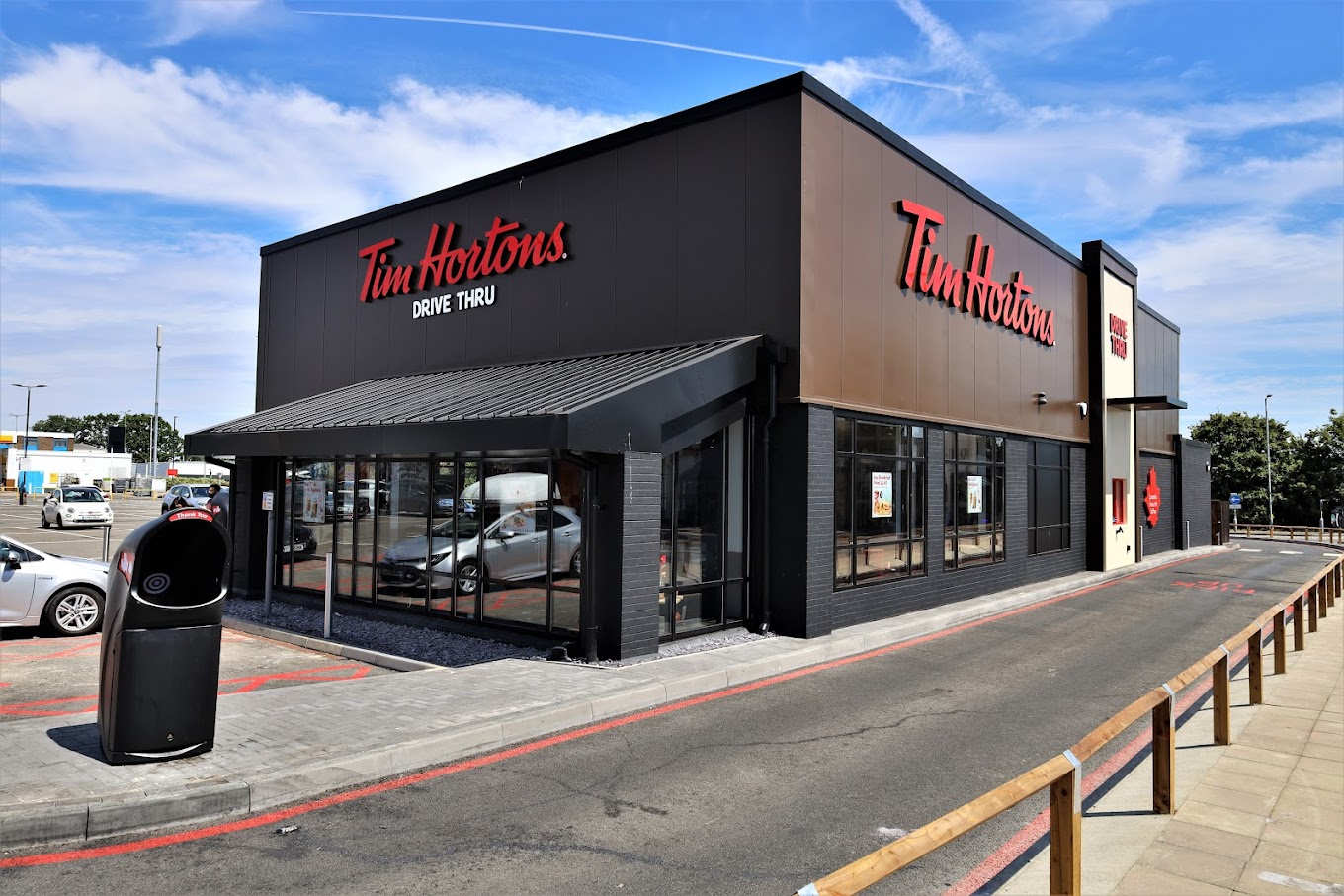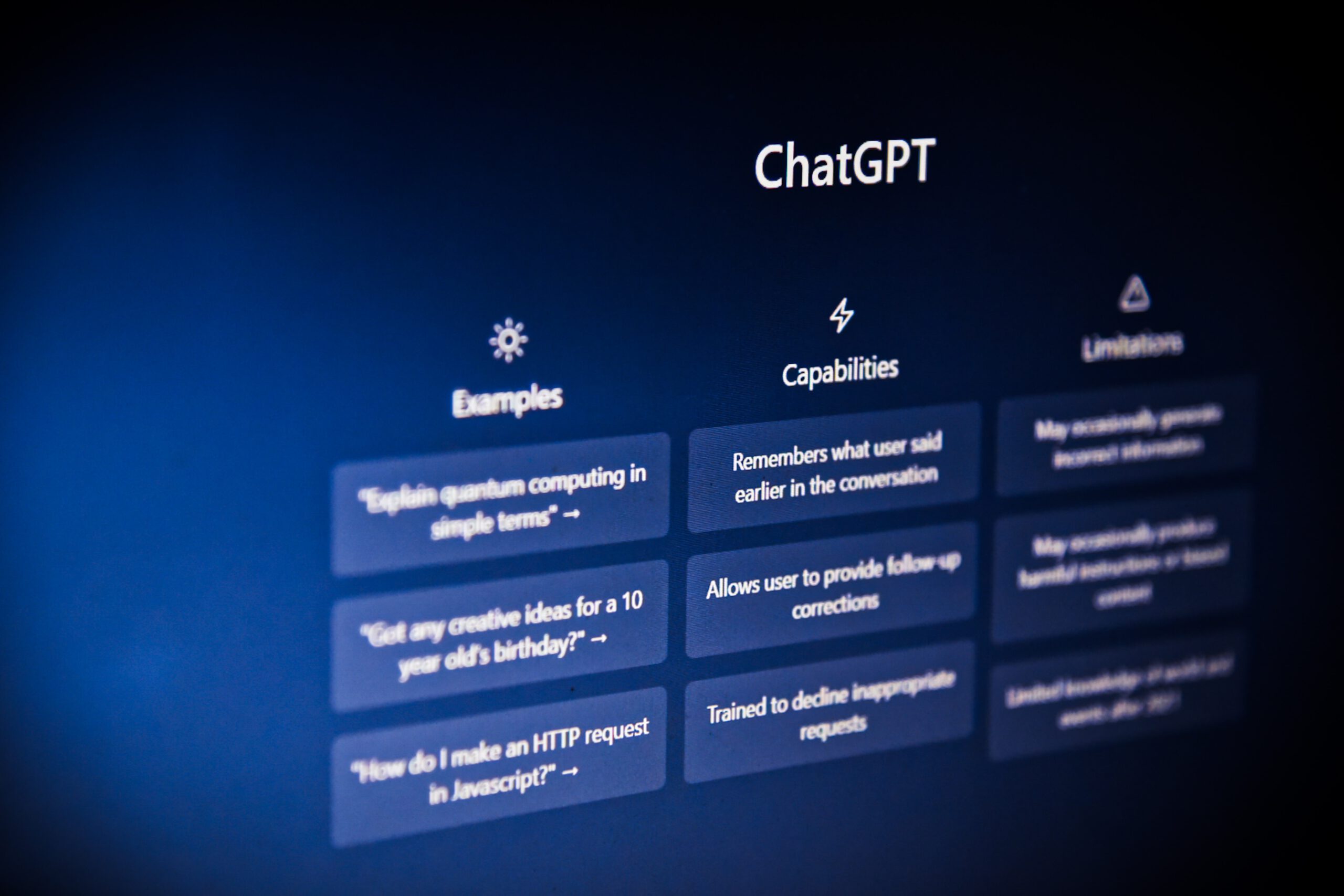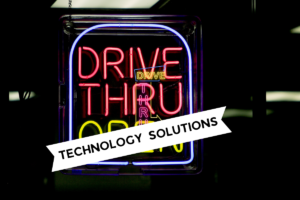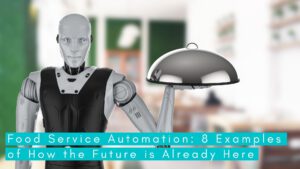In just five days, ChatGPT went from being an unknown invention to a worldwide fascination. On the fifth day, it reached one million users – a feat that took TikTok around nine months to achieve and Netflix almost 3.5 years.
So, what sets the fastest-growing platform in history apart from the rest? Well, it delivers impressively human-like responses, making it an excellent choice for QSRs who are looking for assistance with smaller admin or marketing tasks.
AI is already commonplace in the restaurant industry and the everyday lives of customers, making it easy for QSRs to integrate technology into their operations without unnerving diners. So, can ChatGPT play a part in your QSRs digital transformation, or is it another passing internet fad?
The Restaurant Industry: ChatGPT’s Next Venture?
ChatGPT is an AI-powered natural language processing tool created by a research company called OpenAI. Its algorithm learns from vast amounts of data and can respond to prompts, translate text, write content, create images, and more. All you need to do is type a prompt in the search box – it’s as simple as that.
This large language model trains on the data that is already available. While it’s able to deliver almost instant responses, it has much less domain specific data – meaning brands may struggle to receive personalized or relevant feedback.
For those who are looking to adopt this new (and still impressive) tool, there is continuous development from Open AI and other LLM providers which will make it easier to input your own data. While it’s not quite there yet with accuracy, ChatGPT can still be applied to other areas of business – think admin more than the drive thru.
Over 200 companies already use ChatGPT for various use cases, including marketing, HR, and software development. While the breadth and creativity of its responses make it a cool content-creation tool, there are a few hiccups to overcome before ChatGPT becomes enterprise-ready and reliable.
For example, ChatGPT’s training data stopped in 2021, so it doesn’t carry any knowledge of events that occurred after this time. It probably won’t know about the futuristic new Taco Bell drive-thrus, or that Tim Hortons opened its first London restaurant. Sometimes, the answers it produces are totally incorrect, and it can’t adapt to human sensibilities like sarcasm and empathy. You might need to fact-check and tweak the text ChatGPT produces, at least while it’s in the current testing stage.
Is Fast Food Ready For the Speed of Innovation?
The food service industry is no stranger to innovation, especially at the drive-thru. The ongoing labor shortage pushed QSRs to automate and avoid staffing crises, high recruitment costs, and downtime. Conversational AI, like Hi Auto, can support your customers with an automated drive-thru that takes their orders without intervention from human employees.
Other methods of ordering benefit from AI’s Midas touch too. Online booking systems provide real-time updates, and self-service kiosks improve customer satisfaction by removing the bottleneck of human supervision. Behind the scenes, robotics technology can take over manual tasks like flipping burgers and chopping salad to reduce staff presence.
Every aspect of restaurant operations can be automated. Even operations and finance teams can benefit from software that tracks inventory, automatically purchases low-stock items, and generates regular reports and analytics. This is where ChatGPT can be implemented, whereas more sophisticated AI can handle the more complicated operations. For example, HR staff can use AI like ChatGPT to help with tasks like writing job applications, which is helpful considering the high churn rate in hospitality.
The AI formula is quite simple: invest once in food service automation technology, and you can put it to work 24/7. The best part is that AI works consistently at scale and speed, enabling you to deliver outstanding results that customers expect. If processes are more efficient, you can re-assign budget, resources, and staff to other business-critical tasks like training new starters or upskilling talented employees.
The Future is Automated, With or Without ChatGPT
Your QSR will likely use ChatGPT in conjunction with other resources. For example, your marketing team might use it to support their daily tasks, but they won’t rely on it entirely. It’s a valuable tool for streamlining different tasks in the restaurant – especially those around admin.
Here are four key use cases for ChatGPT and generative AI in the restaurant industry to help you get started.
Customer service
In 2022, almost every restaurant in the American Customer Satisfaction Index saw their customer service scores drop. But your QSR can’t afford to let your attention to diners slip, as 65% say they’ll switch to a competitor after just one bad experience. You can use ChatGPT to generate responses to customer complaints and frequently asked questions, helping you improve response times and diner satisfaction.
If you prompt ChatGPT with common queries that your QSR receives, it will generate consistent answers tailored to your brand voice. Using ChatGPT as an AI-powered customer service assistant saves you time and effort so that you can redirect your staff to complex complaints and customer interactions.
Content creation
Content creation is essential to any successful marketing strategy, whether it’s social media, your QSR website, or other advertising. Marketing helps you engage with your diners and maintain a consistent online presence – after all, 57% of customers look at a restaurant’s website before ordering or visiting.
QSRs that don’t have a dedicated marketing team can use ChatGPT to complete market research and competitor analysis to help inform your campaigns. It can generate social media captions, messages to customers, and more.
Menu ideas
You know your QSR menu better than anyone else, but getting a fresh perspective is never a bad thing. Give ChatGPT some information about your QSR, such as the theme or type of food items and specific keywords; then, it will suggest innovative, seasonal, or themed menu ideas.
As well as menu planning, you can ask ChatGPT to design new menu layouts, write item descriptions, and create marketing campaigns to promote your updated offerings.
Voice AI
While ChatGPT generates conversational answers, it’s not strictly a conversational AI model. It doesn’t convert text to speech, meaning it’s not exactly the right choice for the drive thru, where automation must communicate with your customers to enable a streamlined experience.
Can ChatGPT conduct accurate order taking?
While ChatGPT is useful across many other tasks, the drive-thru isn’t quite its forte. In order to successfully take orders in the drive-thru, you need a complex mission-critical system that works at very high accuracy rates.
ChatGPT is a large language model that trains on all the data that’s already published, but it doesn’t work well with specifics. So while it works out of the box and can technically take orders, its level of accuracy isn’t yet sufficient.
Instead, brands should be able to control the experience to ensure it aligns with their specific sales and brand goals.
Rather than opting for the volatile ChatGPT, you could choose voice assistant technology that integrates with your intercom system to greet guests at the drive-thru and take their orders. AI-powered voice assistants understand a complex variety of accents and menus and can provide real-time upselling suggestions.
The more data you can input into the model, the better and more accurate your drive-thru ordering process will be. Hi Auto, for example, is taking three million orders a month which is 10x more than any other players – showing it’s the most accurate solution in the current market.
The future of quick service restaurants will include AI in some form, whether that’s voice ordering, robotics, content creation, or something else. At the moment, ChatGPT is a standalone tool that’s still in the early stages of development. If you don’t find a use case for ChatGPT that suits your QSRs needs, you will surely find one soon – or turn to other AI technology.







